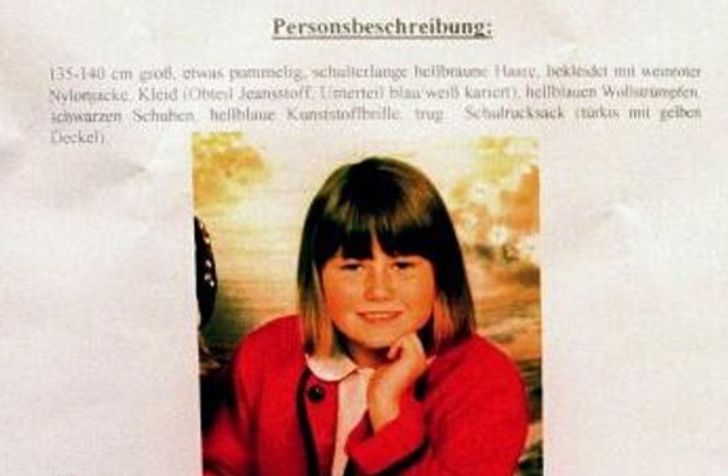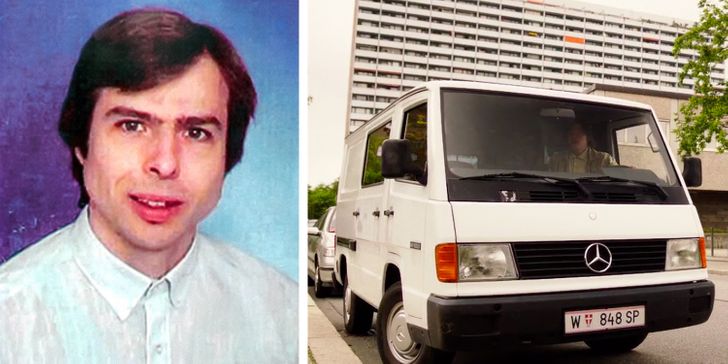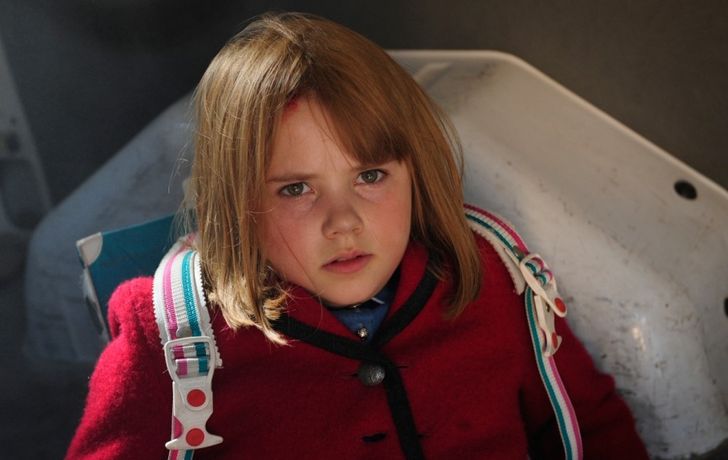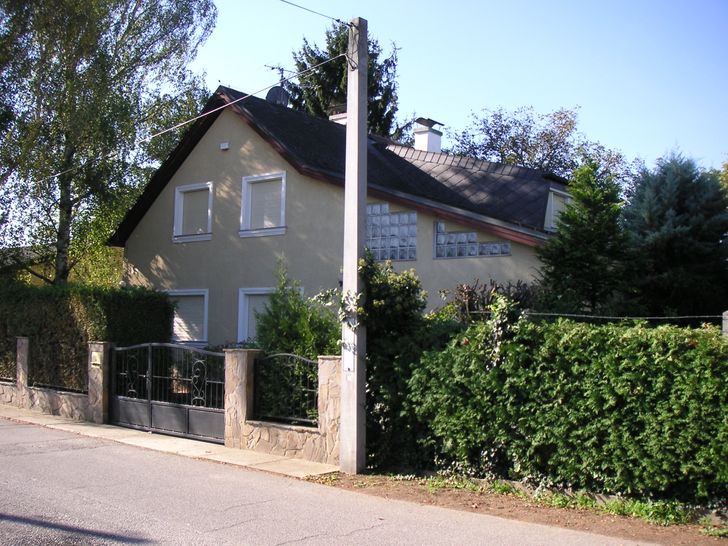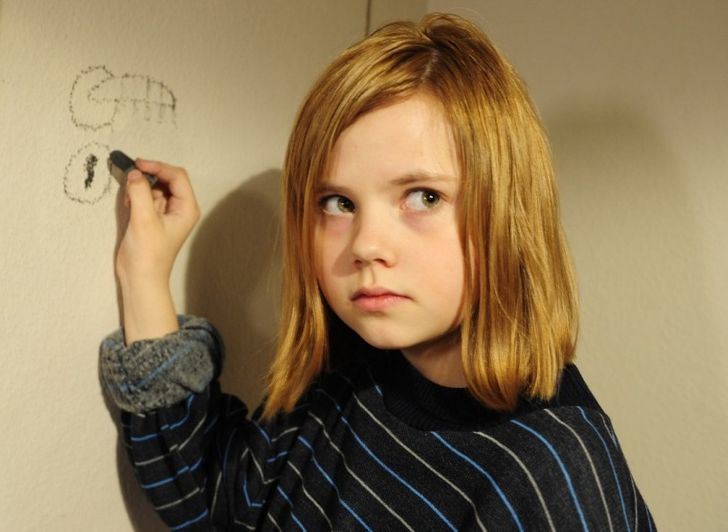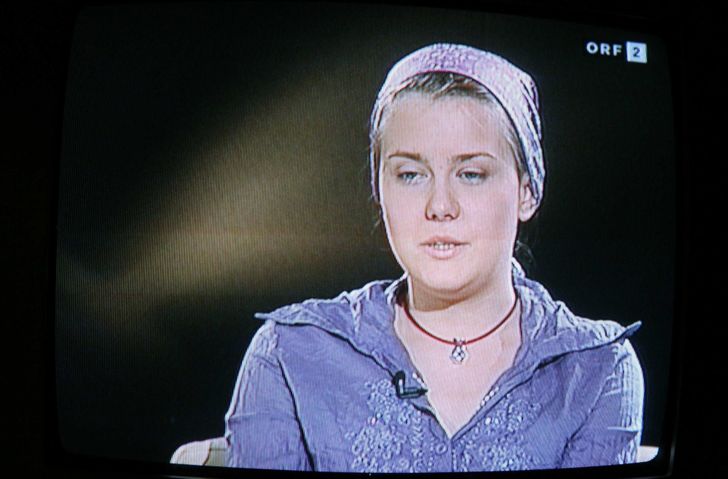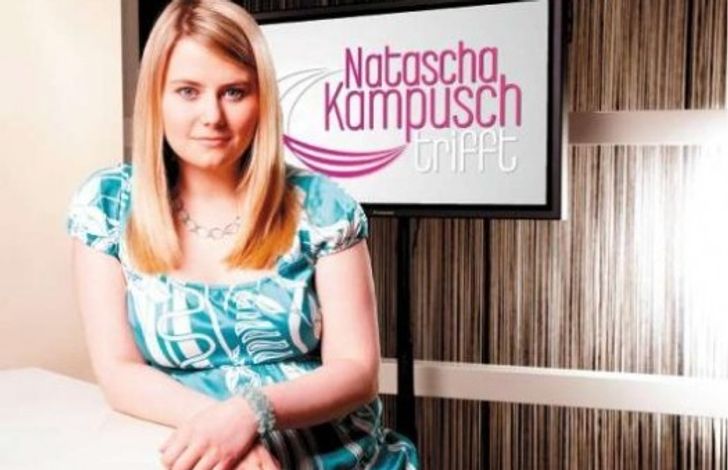I heared the story. Sad but true! Are so many cruel people and as years pass it comes more cruel! Thats why we ( kids and adults) have to be very careful.
Natascha Kampusch Was Kidnapped as a Child. 8 Years Later, She Escaped and Shared Her Story
It is very likely that you have never heard the name Natascha Kampusch and have never seen her face. But in Austria, a lot of people know about her story. The girl who was kidnapped at the age of 10, was kept prisoner for 3,096 days. She not only managed to escape from the kidnapper, but also tried to learn as many lessons from her experience as possible by sharing her story and helping victims of similar crimes.
We at Bright Side breathlessly read the autobiography of this girl and we were sincerely fascinated by her courage. And now we want you to know her story too.
On March 2, 1998, a woman called a Vienna police station. She said her name was Brigitta Sirny and she told the police that her 10-year-old daughter Natascha Kampusch had disappeared. It turned out, that the Sunday before, she had returned from a vacation that she had spent with her father in Hungary and on Monday she went to school in Vienna but never returned.
The woman called the school but they said that Natascha had missed all of her classes that day. That was the moment Brigitta decided to call the police.
The search for the girl was started immediately. First, the police checked the route from the Kampusch house to the school. After that, they started searching the nearest ponds. They used police dogs but they couldn’t find any trace of her.
The police suggested that they thought the girl had been kidnapped and they started asking around. A 12-year-old school student contacted the police and told them that she had seen the girl being forced into a white van.
The police decided to check every car that matched that description. They also started looking in Hungary where the girl had recently returned from. She had all of her papers on her, so the police thought it was possible that Natascha could have crossed the border, either willingly or not.
At about the same time, the police noticed a former technician, Wolfgang Přiklopil, from Strasshof an der Nordbahn, who had a white van that looked very similar to the one that the girl described. The man explained that he needed the car to transport building materials. The detectives asked the standard questions and the conversation showed that Wolfgang did not have an alibi. On March 2, he was allegedly at home, completely alone.
Because the police had to check about 700 cars during the investigation and interrogate almost the same number of car owners, Wolfgang Přiklopil didn’t attract a lot of attention and didn’t seem suspicious.
Soon enough, everyone forgot about him and nobody had any idea that he was hiding a scared 10-year-old girl in a secret room that was about 5 square meters big.
A shot from the film 3096 Tage, the story of Natascha Kampusch.
The room Natascha lived in was 2.5 meters underground. There were no windows, there was only ventilation that supplied her with fresh air.
The room was locked by 2 doors, one of which weighed 330 lbs.
The photos of the room where Natascha Kampusch was kept, taken by the police.
The room was completely soundproof. So, all of Natascha’s attempts to make as much noise as possible to attract attention were pointless.
It was possible to enter the room only through Wolfgang’s garage. The first door was hidden behind an ordinary-looking closet.
Wolfgang Přiklopil's house
For 6 months, Natascha was not allowed to leave her improvised prison. But later, when Wolfgang started to feel that the girl trusted him more, he started to let her out for a short time. He also bought the things that Natascha wanted: she had a TV, a board, a chair, and a desk. Over the course of her time in captivity, the kidnapper brought her a lot of games, books, and magazines.
In 2004, the detectives that were looking for Natascha went down the wrong path. They thought that a French man Michel Fourniret had something to do with the kidnapping. He was previously convicted for similar crimes. But there was no solid proof that he was connected.
At the same time, Přiklopil was more and more sure that he had committed the perfect crime. In 2005, he relaxed and started letting Natascha out to walk, not only in his house, but also in his garden. One year later, he even allowed her to her swim in his neighbor’s swimming pool.
There is even a story that once he took the 17-year-old Natascha to a ski resort and made sure that she had no chance to escape.
The information about Přiklopil’s motives is different. According to Natascha herself, he kidnapped her so that she would do housework for him.
Přiklopil watched her daily schedule and made sure that his prisoner continued to study by reading books. Also, he told her that the exit was rigged, so without him, she couldn’t get out. Sometimes he threatened to kill her and told her that he had aggressive friends. Sometimes, he beat her and afterward tried to calm her down.
But Natascha managed to escape. It happened in 2008 when Přiklopil asked the girl to vacuum his car and then got distracted by a phone call.
Natascha left the vacuum cleaner on and ran away. She knocked on a door of one of the nearest houses and asked for help. In the end, an old woman helped her and called the police.
The police tried to catch Přiklopil but he died trying to escape. Natascha burst into tears when she heard about that. Her reaction to the death of her torturer made journalists think that she had developed Stockholm syndrome. But Natascha herself denies it and says that she had always thought that Přiklopil was nothing more than a criminal.
Natascha’s was publicly known. For a long time, she was afraid to talk about her experiences. But over time, she started talking to journalists. She even wrote an autobiography 3096 Days and a movie was filmed based on it.
She also had a talk show on TV where she tried to tell the public that she had recovered from the psychological trauma and was able to overcome her mistrust toward people.
Some of the money she earned (around $28,100), she donated to Elisabeth Fritzl who was kept prisoner by her own father for many years.
Also, Kampusch became a member of People for the Ethical Treatment of Animals. She even wrote a letter to the Austrian Minister of Agriculture where she said, “The animals would, if they could, flee as I did because a life in captivity is a life full of deprivation. It is up to you whether social, intelligent, and wonderful creatures are to be freed from their chains and cages where ruthless people keep them.”
Now Natascha is into drawing, she is studying photography, and likes to grow succulents. When she talks about the time she spent in captivity, she says that even though it was a really tough time, she lives the way she wants and doesn’t have any regrets that she missed out on something in her childhood.
By the way, she inherited the house she was kept a prisoner in and it is still her property. Natascha told journalists that she keeps the place clean because the walls where the most terrible part of her childhood and it has a therapeutic effect on her.
Even though crimes like this are truly terrifying, Natascha’s story is a perfect example proving that people are able to continue to do good things even after the terrible evil they’ve had to endure. This is why we really wanted to share this story with as many people as possible. What emotions did you have when you read this story?
Comments
This story gave me chills..
Natascha is a very strong lady, I'm amazed and truly respect her..
what a story.. I really have to watch the film now..
Related Reads
“Screams Desperation,” Nicole Kidman, 56, Stuns in a Risqué Dress, But People Say It’s Not Age-Appropriate

Zac Efron’s Appearance a Few Days Ago Leaves Fans Shocked and Worried

A Detail Spotted on Salma Hayek’s Breasts Sparks Big Controversy, as She Celebrates 57th Birthday

Miley Cyrus Causes a Stir by “Leaving Nothing to the Imagination” as She Wears an Extremely Revealing Dress

Model Lost Entire Lips in Pitbull Attack, And She Reflects on Her Recovering Journey

10+ Instances of Child Logic That Will Strike You Speechless

A Woman Used Botox Because She Wanted to Look Like Her Younger Self, and According to People Online She Succeeded

Scientists Suggest Your Birth Month Influences Your Health and Personality

Jennifer Lopez Faces Backlash as Users Notice Something Unusual in Her Bikini Pics

«Why She Looks 40?» Kylie Jenner, 26 Gets Body Shamed by Trolls for Looking Older in Recent Paparazzi Pictures

Tom Cruise Deemed Unrecognizable in New Pics With Prince William, as Some Say He Had “Too Much Surgery”

Jennifer Lopez Sparks Controversy After Posting Candid Photos of Ben Affleck


